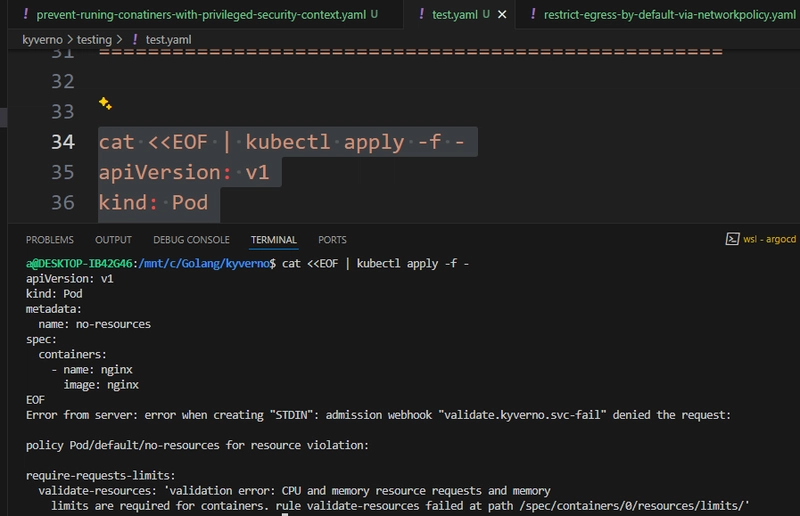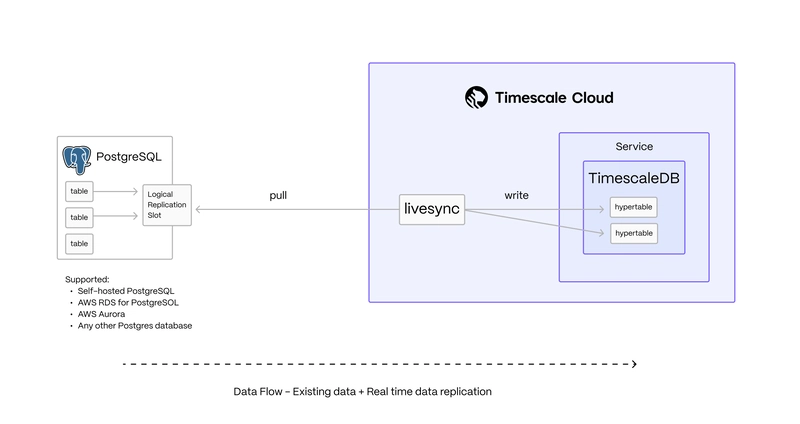Keebin’ with Kristina: the One with the Protractor Keyboard
Don’t you love it when the title track is the first one on the album? I had to single out this adjustable keyboard called the Protractor, because look at it! …read more


Don’t you love it when the title track is the first one on the album? I had to single out this adjustable keyboard called the Protractor, because look at it! The whole thing moves, you know. Go look at the gallery.

[BFB_Workshop] used a nice!nano v2, but you could use any ZMK-supported board with the same dimensions. This 5 x 12 has 60 Gateron KS-33 switches, which it was made for, and has custom keycaps. You can, of course, see all the nice, neat ribbon cable wiring through the clear PLA, which is a really great touch.
This bad boy is flat enough that you can use the table as your palm rest. To me, that doesn’t sound so comfortable, but then again, I like key wells and such. I’d still love to try a Protractor, because it looks quite interesting to type on. If you want to build one, the files and instructions are available on Printables.
Present Arms: the AR-60%

This is [Sli22ard]’s latest “abomination”, and the best part is that the MOE fixed carbine stock folds up so that the whole thing fits on the ever-important keyboard display. (Click to the second picture and be sure to admire the Dreamcast that was in storage for however long.)
The case is a Keysme Pic60, custom Cerakoted, with a 4pplet waffling60 PCB within its walls. That case is meant to have things hanging off the upper left corner, so that must have been a great place to start as far as connecting up the stock.
[Sli22ard] used Gateron Type R switches and a NovelKeys Cream Arc switch for the Spacebar. Most of the keycaps are GMK Striker, with the 10u Spacebar from Awekeys.
I particularly like the midnight-y keycaps along with that monster gold Spacebar. [Sli22ard] says it thocks like nobody’s business, and I believe it.
The Centerfold: the Quiet Type

Do you rock a sweet set of peripherals on a screamin’ desk pad? Send me a picture along with your handle and all the gory details, and you could be featured here!
Historical Clackers: the Malling-Hansen Takygraf
The astute among you will remember that we’ve covered the Malling-Hansen Writing Ball, the more well-known offering from M-H. Well, this here is the Malling-Hansen Takygraf (or Takygraph, depending upon where you are in the world), and it was quite the writing machine. Only one was created, and its whereabouts are unknown.

Rasmus Malling-Hansen’s intention was to create a typewriter that could type at the speed of human speech. And he succeeded — the Takygraf could reach speeds of 1200 characters per minute. He hoped the Takygraf would be used for stenography.
The VP of the Malling-Hansen Society describes the function of the Takygraf as follows: “The first Takygraf from 1872 was combined with a writing ball but the bottom of each piston forms a blunt point and so it forms only impressions in the paper. The paper band was prepared to conduct electricity. Under the paper band there were metal points which were connected to electromagnets. The form impressions in the paper band are brought in contact with the fixed metal points under the paper as the paper moves along and so the corresponding electromagnets are brought into action. When the electromagnets attracted the keepers, then the types made their impressions on the paper band (through the invention of a colored or carbonized strip of paper).
In the year 1874 follows a modified Takygraf combined with a writing ball but instead of the prepared paper (to conduct electricity) and the form impressions in the paper Rasmus Malling-Hansen developed a mechanical memory-unit, which contacts the electromagnets in the right time to make the needed type impressions on the paper band. It was possible to write with this brilliant invention as fast as we talk.”
Be sure to visit this fantastic model viewer of the Takygraph on your way out.
Finally, a Keyboard for Metalheads
Actually, the Cleaver is another aluminium keyboard, not the Icebreaker from a couple Keebins ago. But they’re from the same company, and the idea is basically the same. Aluminium wherever possible, and tiny, laser-cut holes that make up the legends. At least these are more legible.

And, whereas the Icebreaker definitely doubled as bludgeoning device, the Cleaver is much slimmer and more streamlined. Both are machined from a single block of aluminium.
Much like its predecessor, the Cleaver is a Hall-effect keyboard, which I would really like to type on someday while I consider how they can never really wear out in the traditional switch sense.
Inside the metal block, the electronics are huddled away from its raw power inside of a silicone core. This is meant to enhance the typing acoustics, protect against dust, sweat, and coffee, and has the added effect of popping out the underside to be a nice, non-slip foot.
Unlike the Icebreaker, which started at $2100, the pre-order price for the Cleaver is a mere $850. And to get this one in black? Still just $850. I’m curious to know how much it weighs, since it’s much more portable-looking. The Cleaver would be an icebreaker for sure.
Got a hot tip that has like, anything to do with keyboards? Help me out by sending in a link or two. Don’t want all the Hackaday scribes to see it? Feel free to email me directly.






















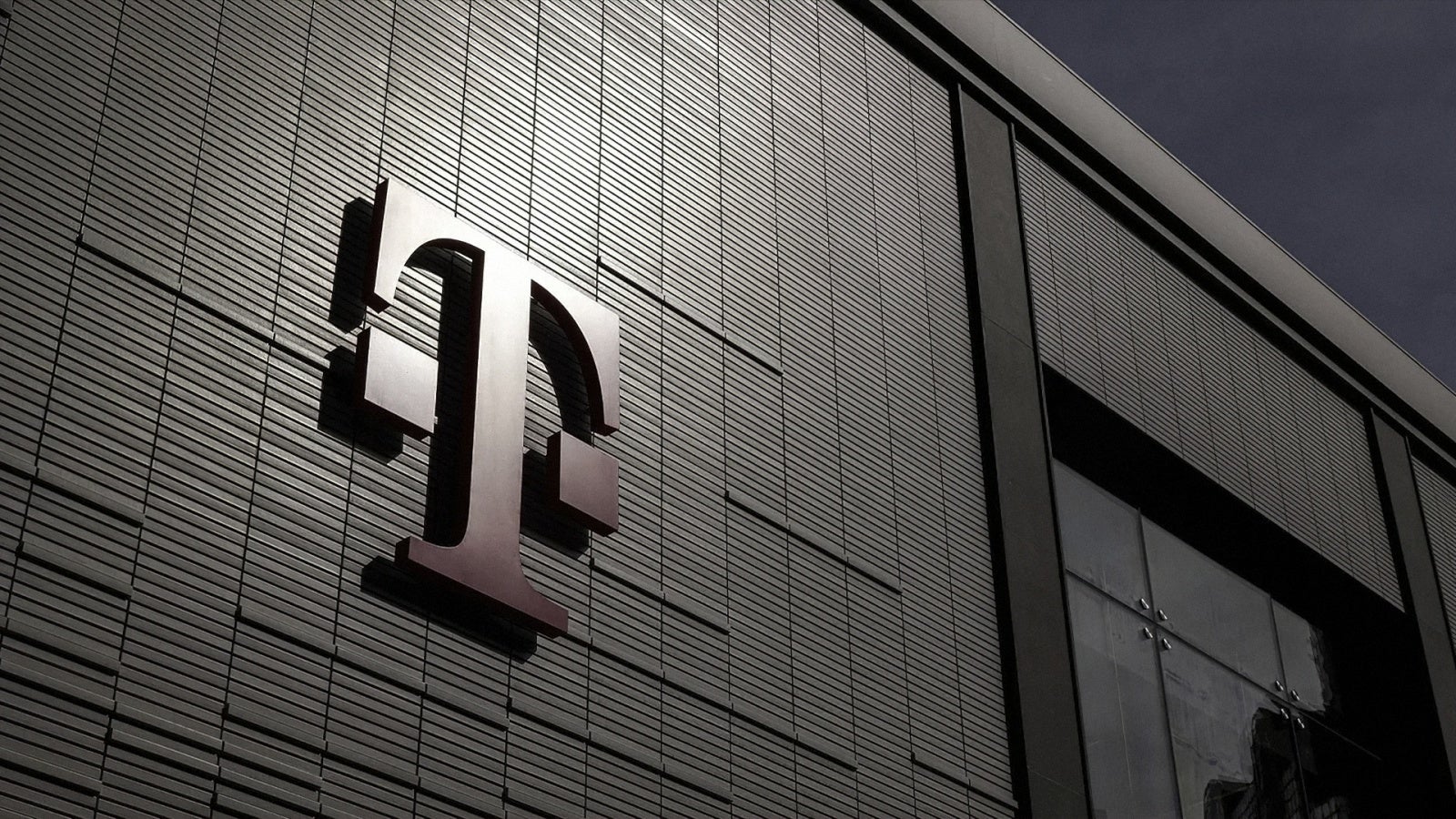







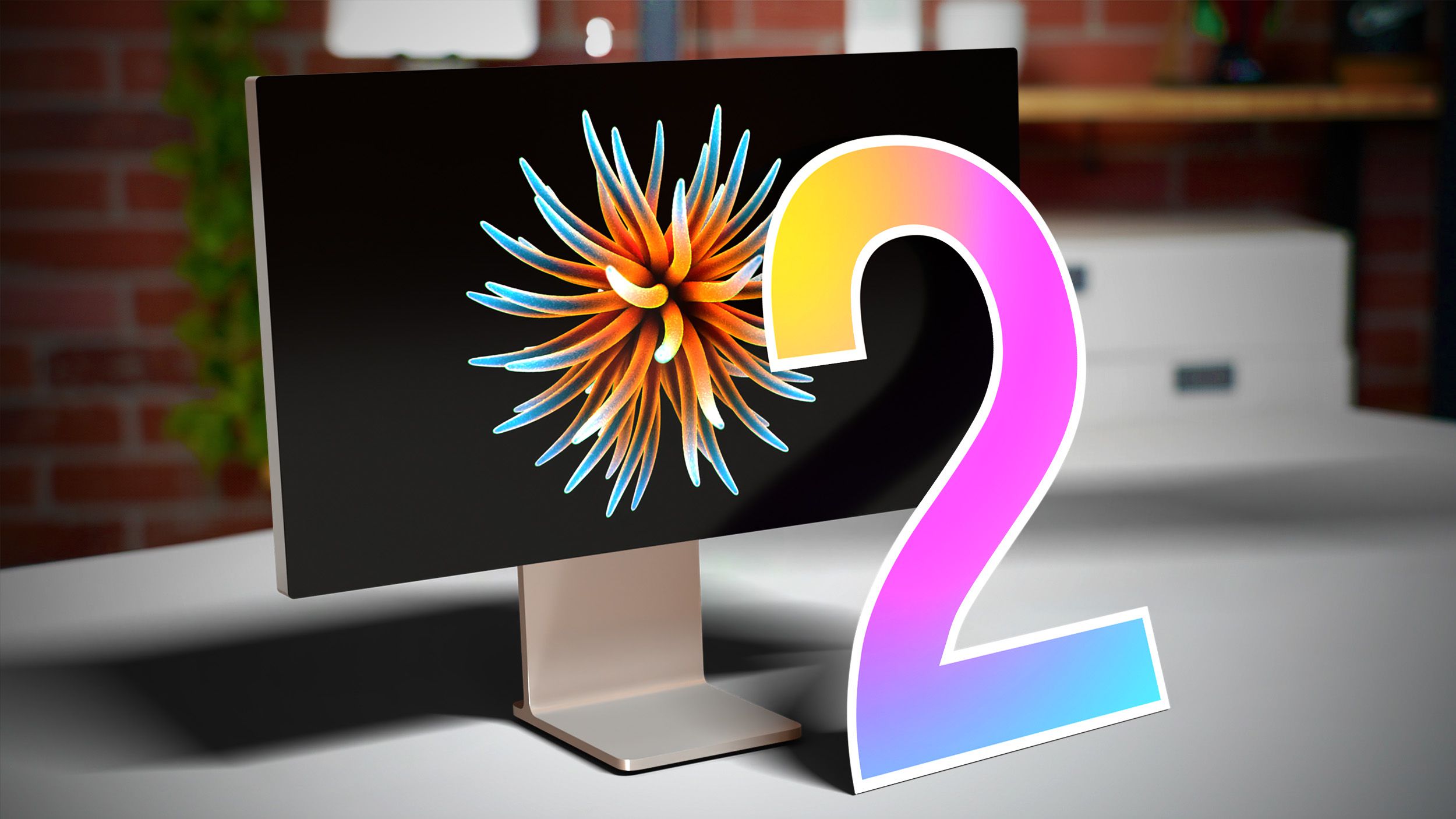
























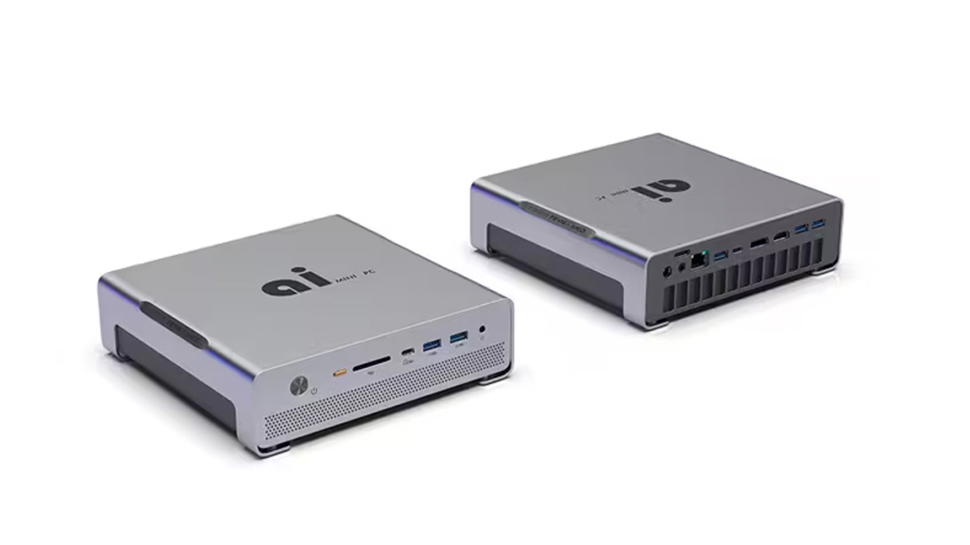

















![Standalone Meta AI App Released for iPhone [Download]](https://www.iclarified.com/images/news/97157/97157/97157-640.jpg)

![Apple Seeds watchOS 11.5 Beta 4 to Developers [Download]](https://www.iclarified.com/images/news/97147/97147/97147-640.jpg)














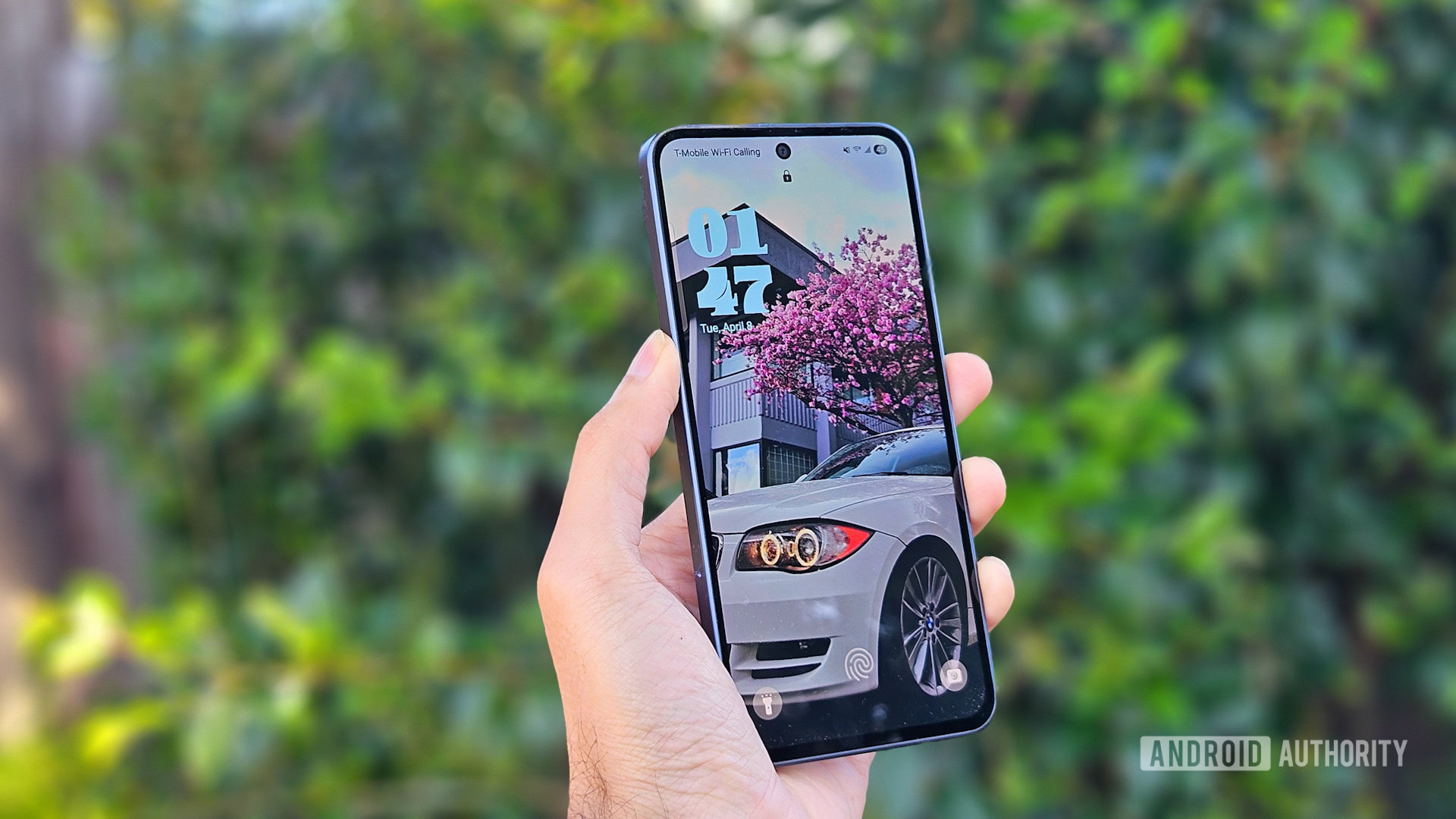
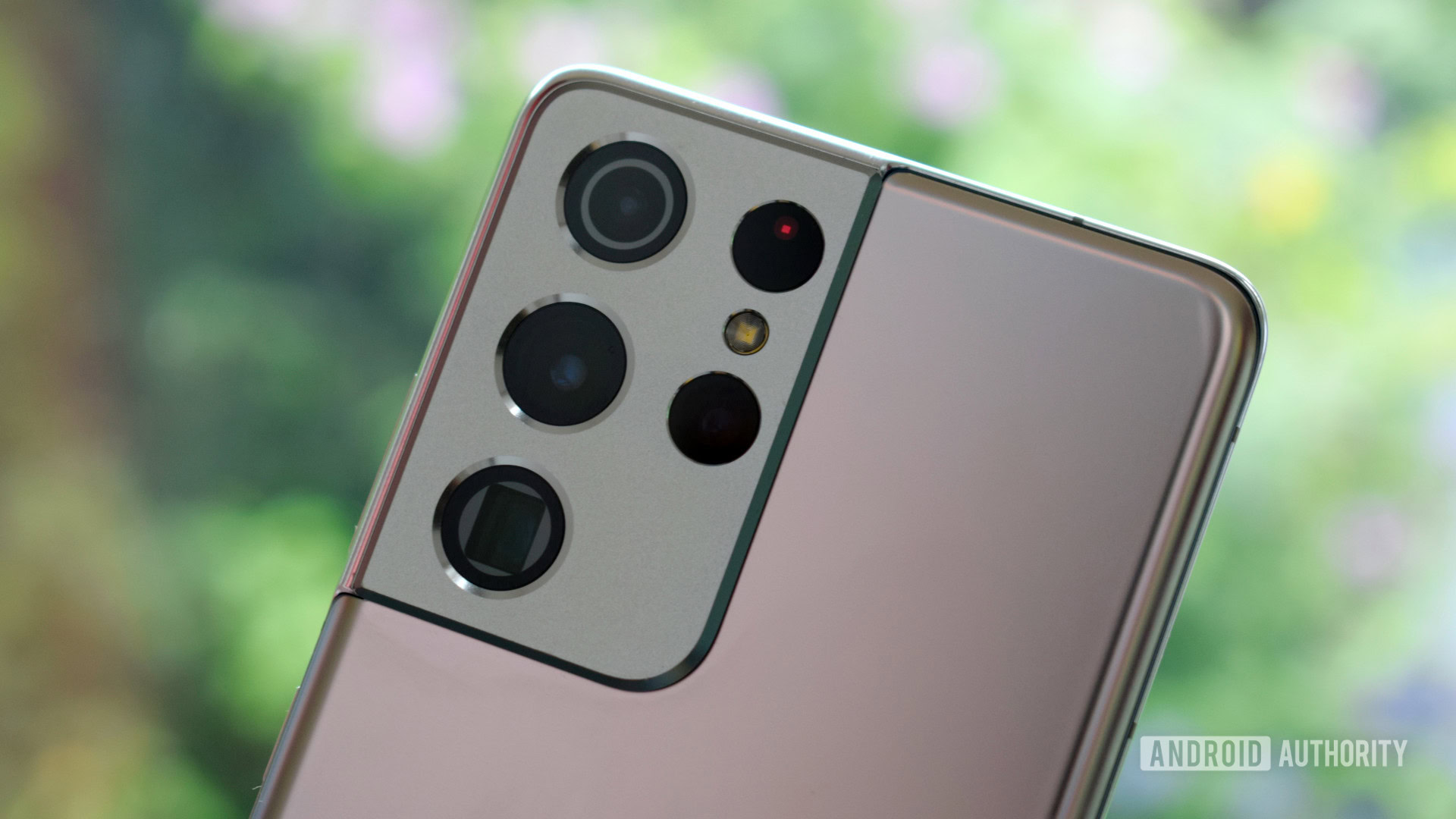
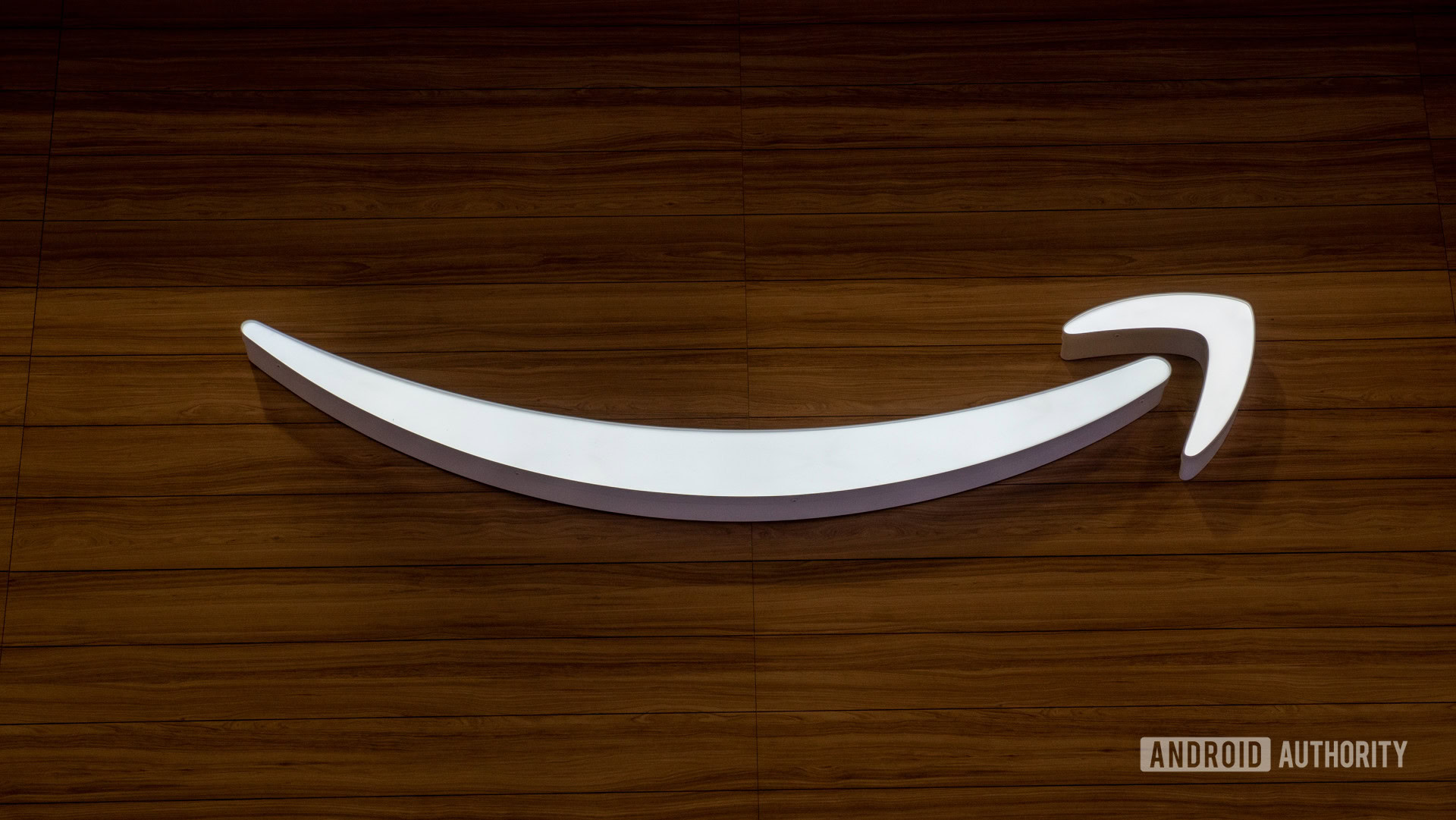
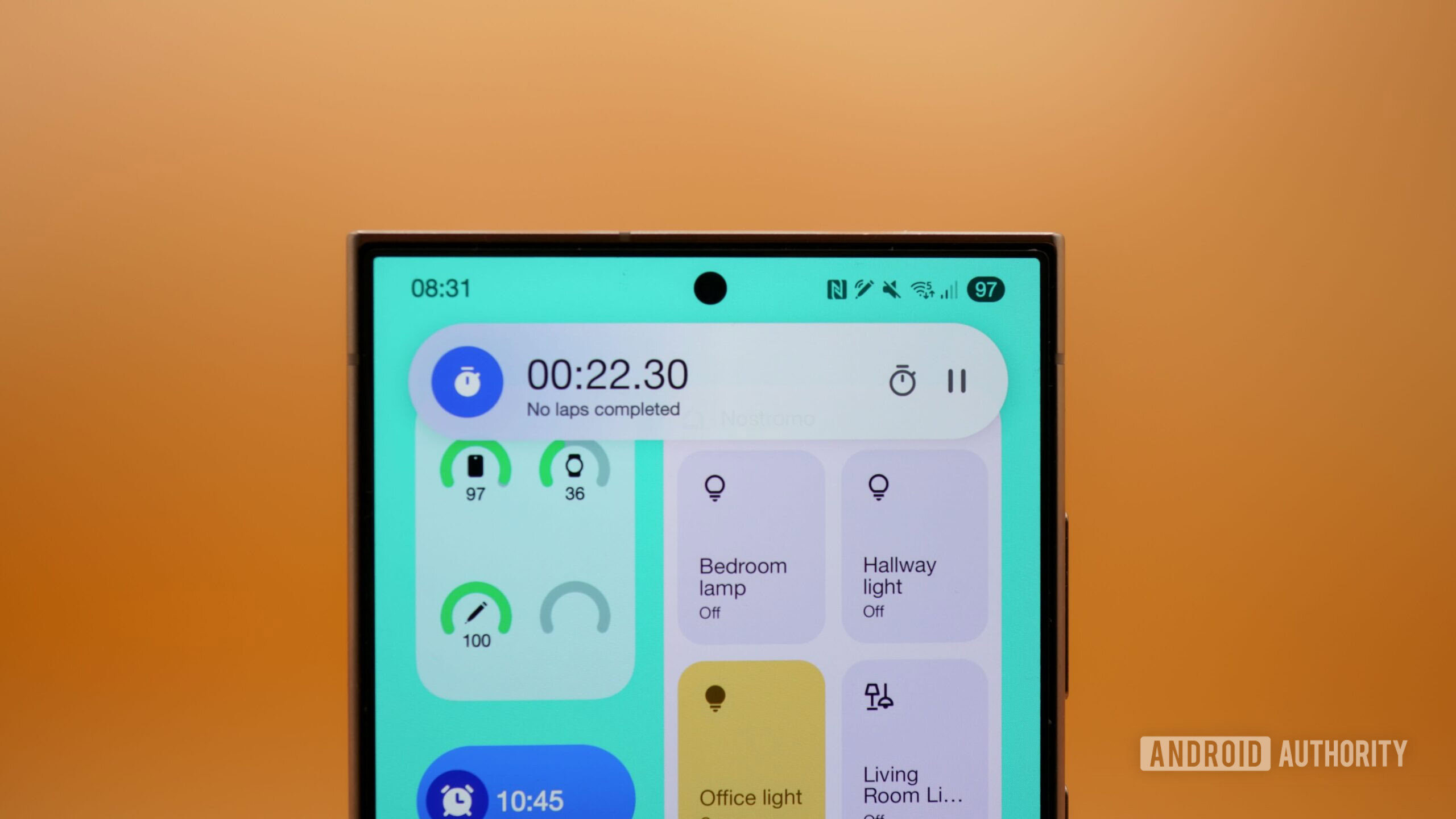
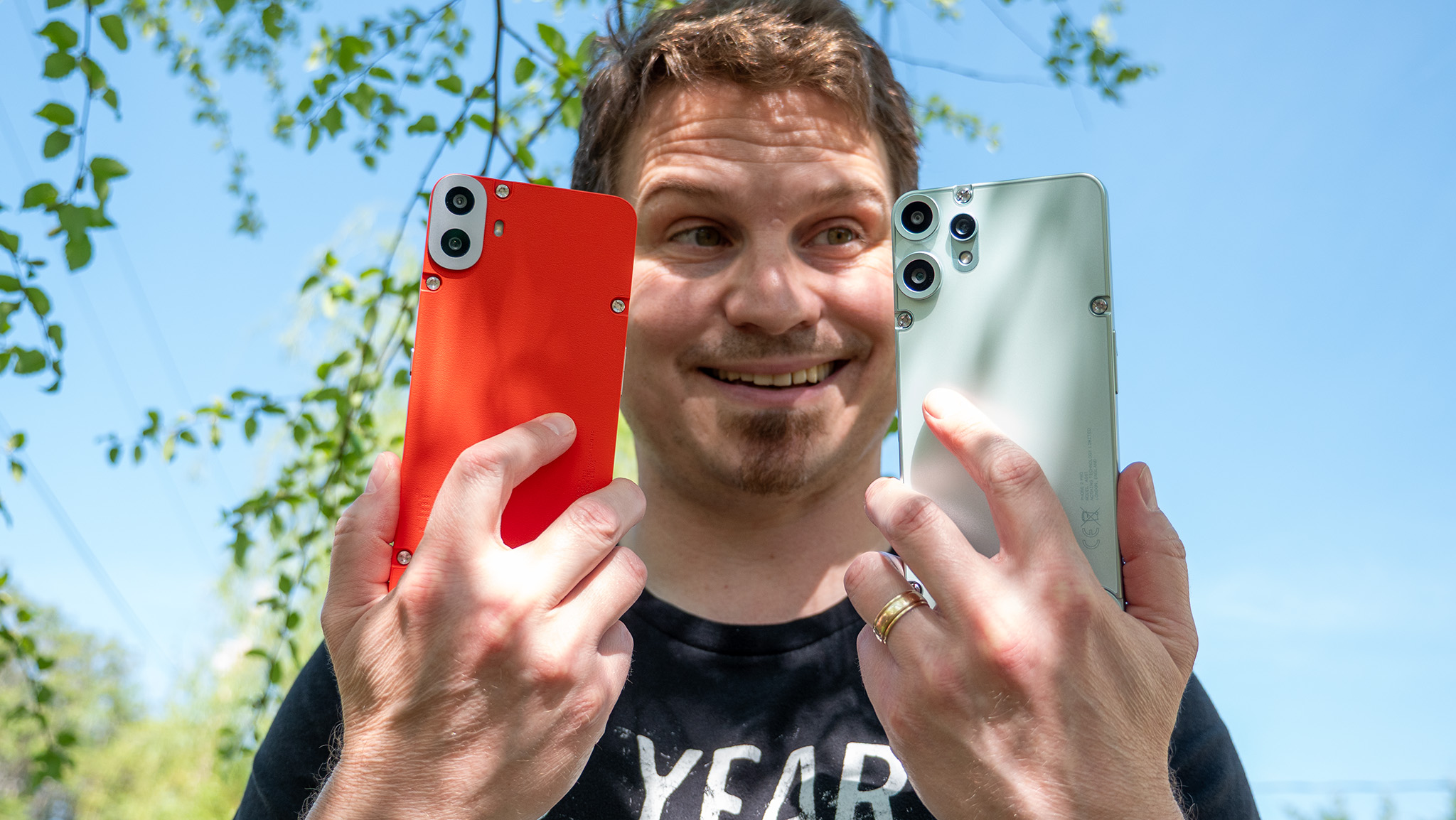
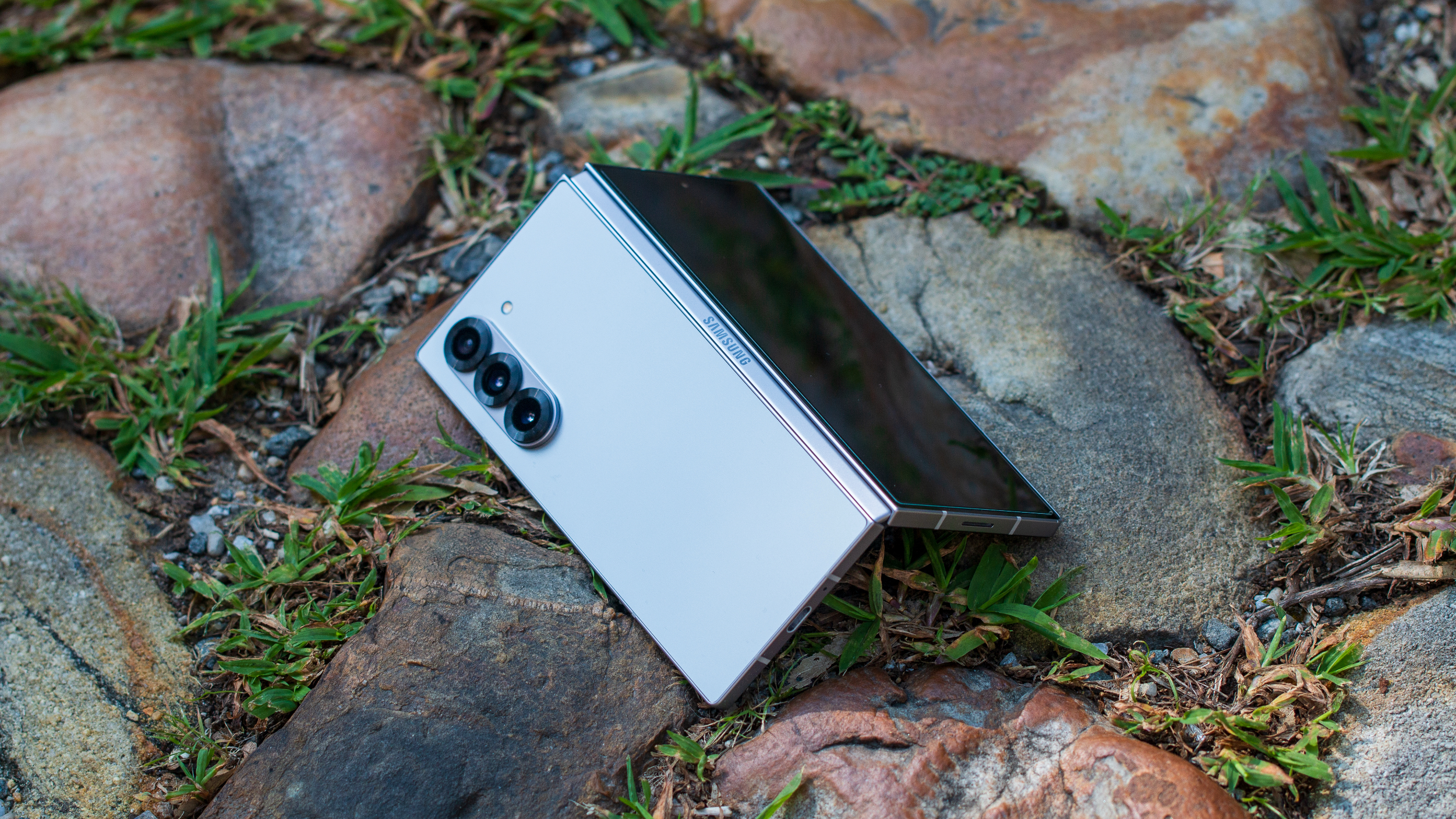
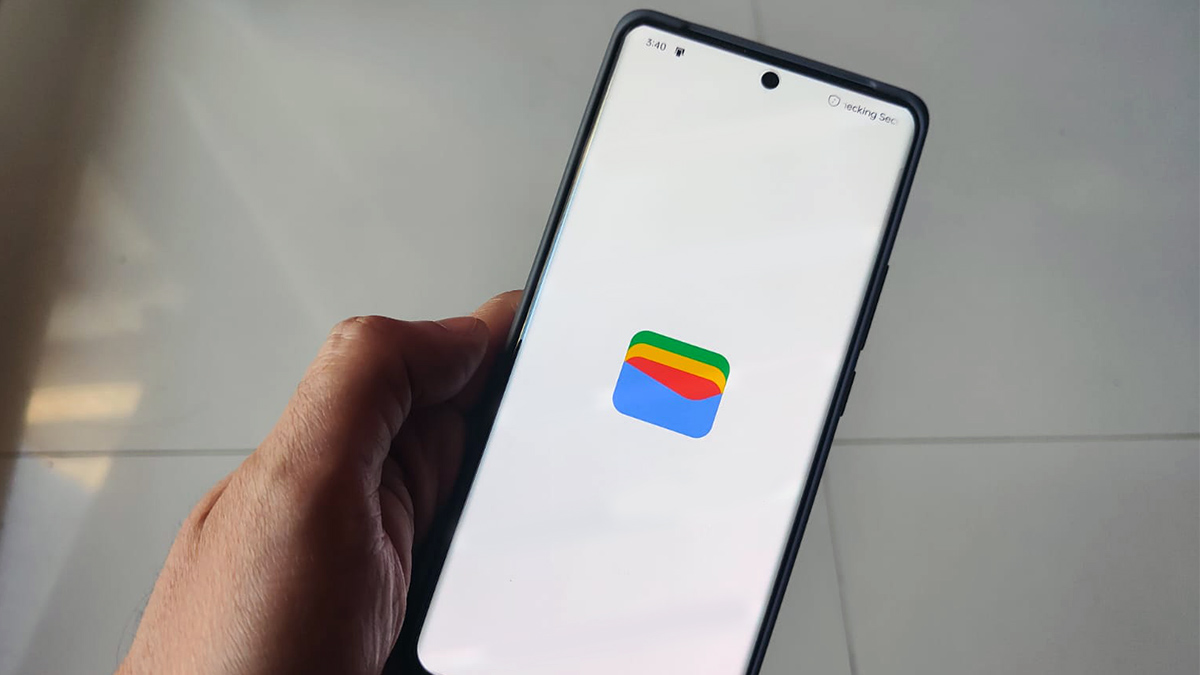












































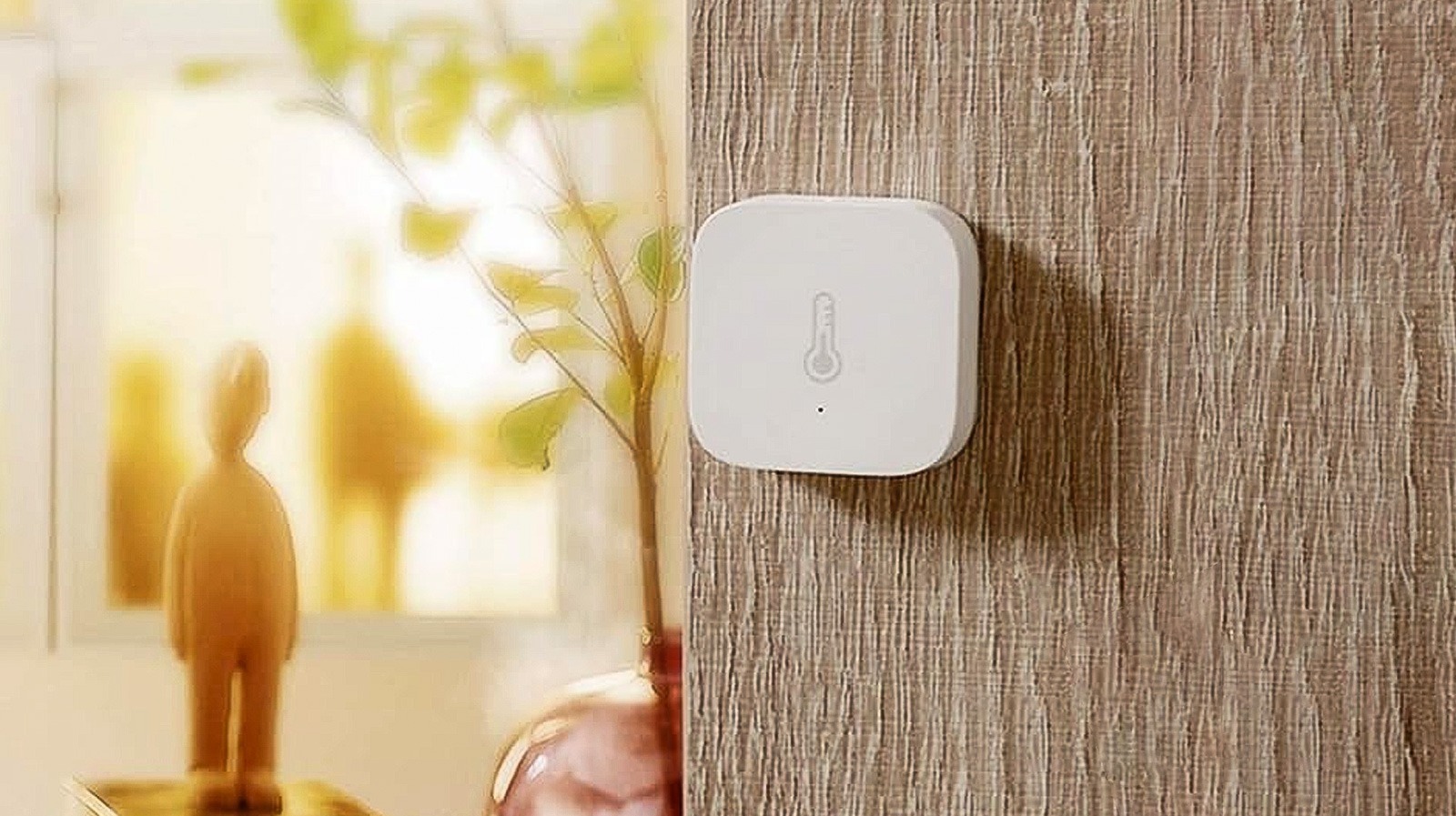

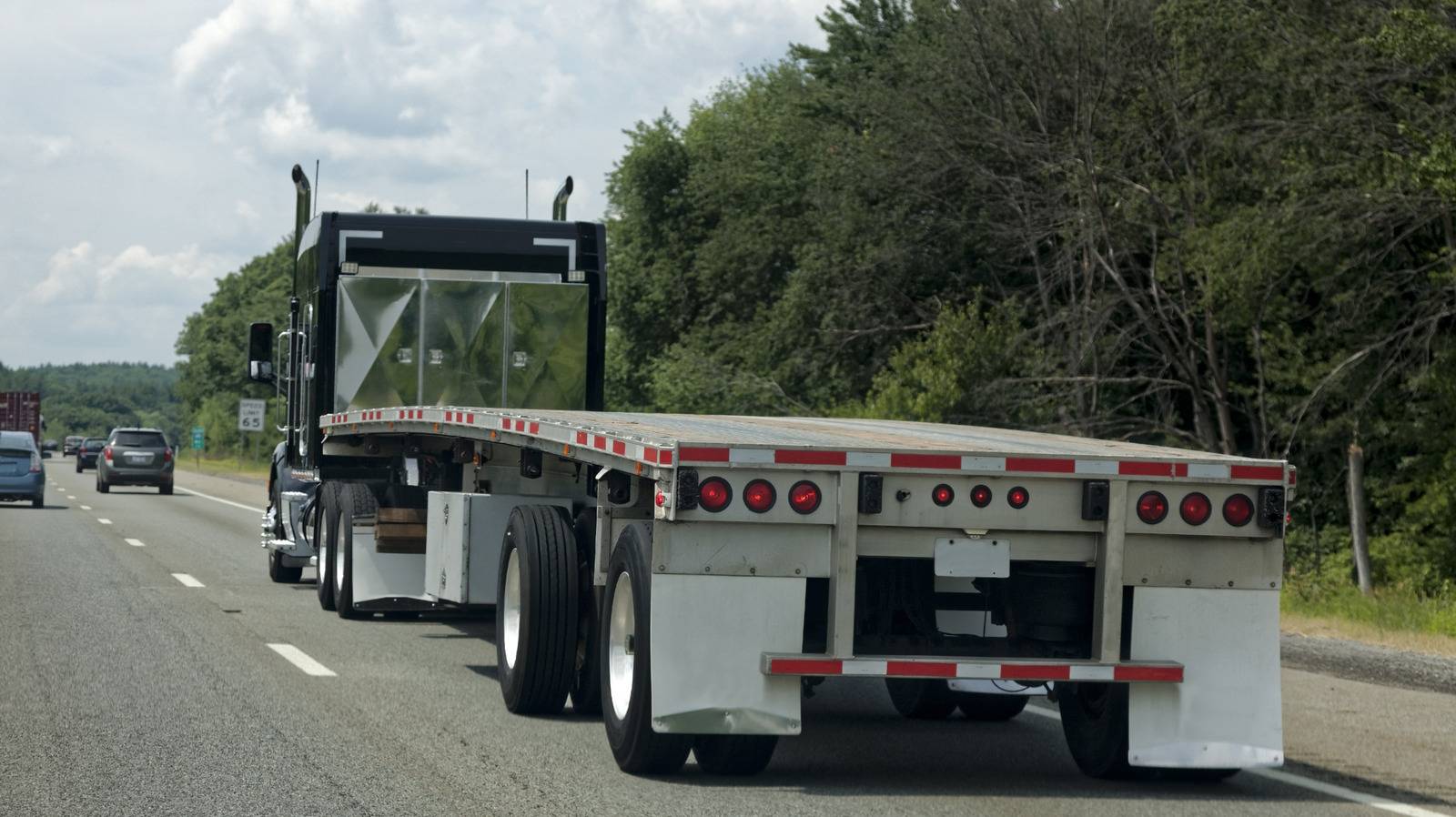




































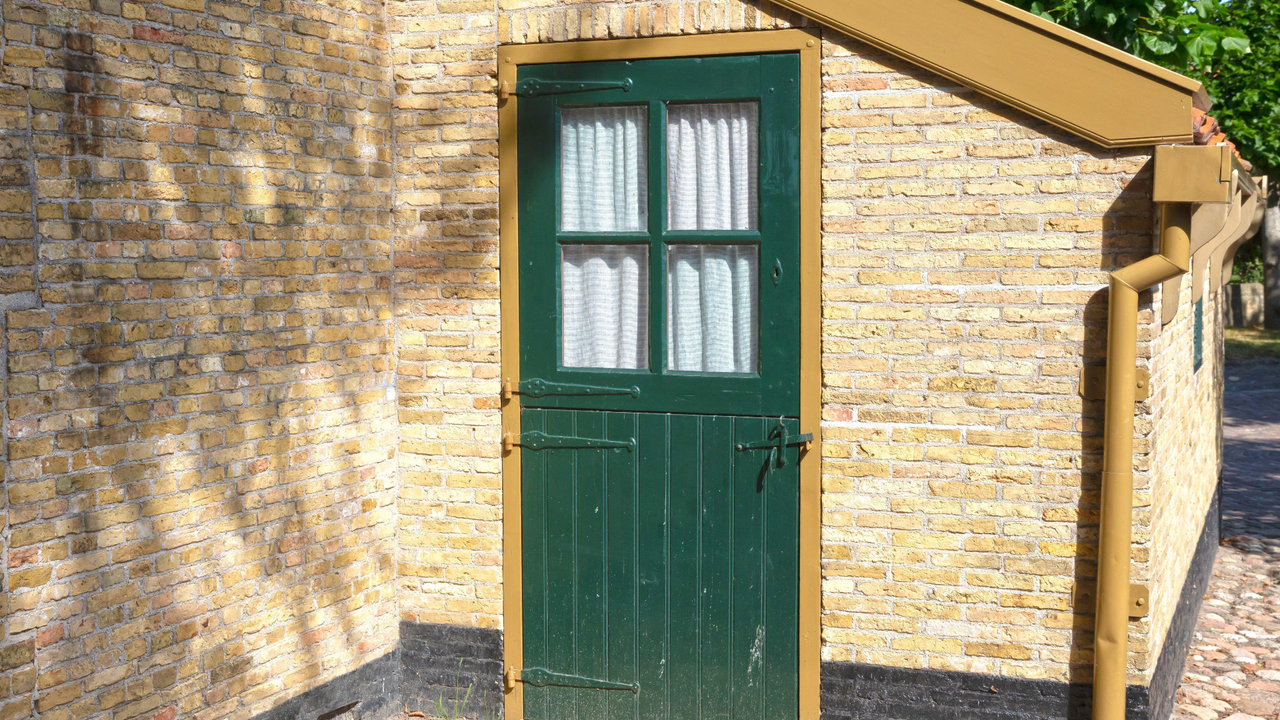
_Vladimir_Stanisic_Alamy.jpg?width=1280&auto=webp&quality=80&disable=upscale#)

























































































































![[The AI Show Episode 145]: OpenAI Releases o3 and o4-mini, AI Is Causing “Quiet Layoffs,” Executive Order on Youth AI Education & GPT-4o’s Controversial Update](https://www.marketingaiinstitute.com/hubfs/ep%20145%20cover.png)


















































































































